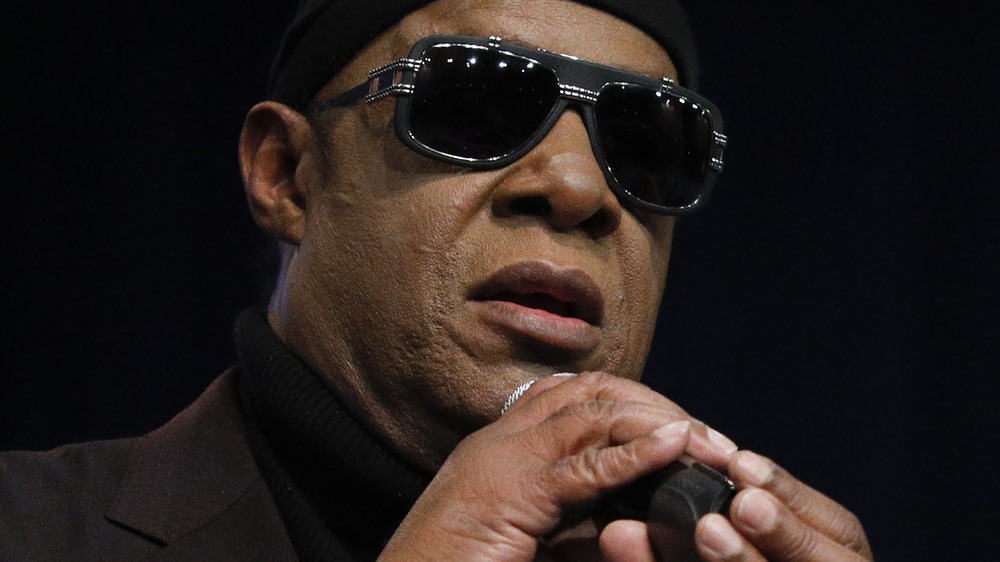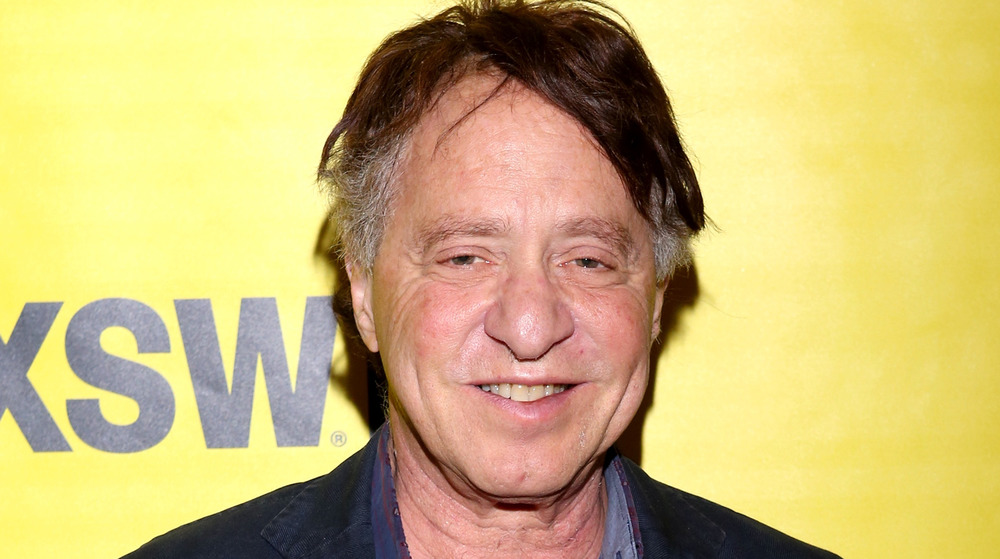The Instrument Stevie Wonder Helped Invent
Stevie Wonder is a singer, songwriter, musician and producer whose influence on R & B and pop music cannot be overstated, but did you know he was an inventor as well? Per CNBC, Wonder was listening to The Today Show when they aired a segment featuring a blind man using a device that could read a page and repeat the words aloud. This was the Kurzweil Reading Machine, named for its inventor, Ray Kurzweil.
Both Wonder and Kurzweil started out as child prodigies. According to Biography, Wonder, who became blind as an infant, taught himself to play the piano, drums, and harmonica before the age of 10 and made his recording debut at age 11 as Little Stevie Wonder. By the time he was 12, he had recorded three albums and had his first number one hit on the Billboard pop and soul charts with "Fingertips, Pt. 2."
As reported by PBS, Kurzweil showed a talent for working with computers long before "the home computer era," taking first prize in the International Science Fair at the age of 15 with his pattern recognition system that trained a computer to listen to patterns in classical music and learn to compose its own new pieces of music based on what it had heard. While still a student at M.I.T., Kurzweil started a company that used a computer program to match high school students with colleges and universities. He later sold it for $100,000 plus royalties and founded Kurzweil Computer Products in 1972. Within two years, he introduced the Reading Machine.
A whole new kind of musical instrument
When Wonder heard about Kurzweil's Reading Machine, he visited Kurzweil (pictured above) in person and, according to CNBC, became the company's first official customer. The two men became friends and in 1982, they collaborated on a project meant to combine what Kurzweil called "the two worlds of musical instruments" — the analog "nineteenth century acoustic instruments such as the piano, guitar and violin" and digital "computerized world of instruments, which could remember what you played and allowed the musician to edit a multi-instrumental piece the way a user could edit a document on a word processor."
Wonder challenged Kurzweil to create a new kind of instrument that would incorporate the former's rich sounds with the latter's ability to control, reuse, and remix sounds as needed. They formed their own company and spent the next several years working together, with Wonder acting as music advisor while Kurzweil tinkered with building and testing the instrument. The result was the Kurzweil 250, released in 1984 and described by CNBC as "widely considered the first computerized instrument that could realistically mimic the grand piano and other orchestral instruments."
Kurzweil sold Kurzweil Music Systems to a Korean company in 1990. His original Reading Machine is now available as an app to anyone with a smartphone. Kurzweil went on to be a director of engineering at Google, where he remains today. He also runs the Kurzweil Library on his personal website, which "catalogs the quickening growth of tech, knowledge, and concepts shaping tomorrow."

